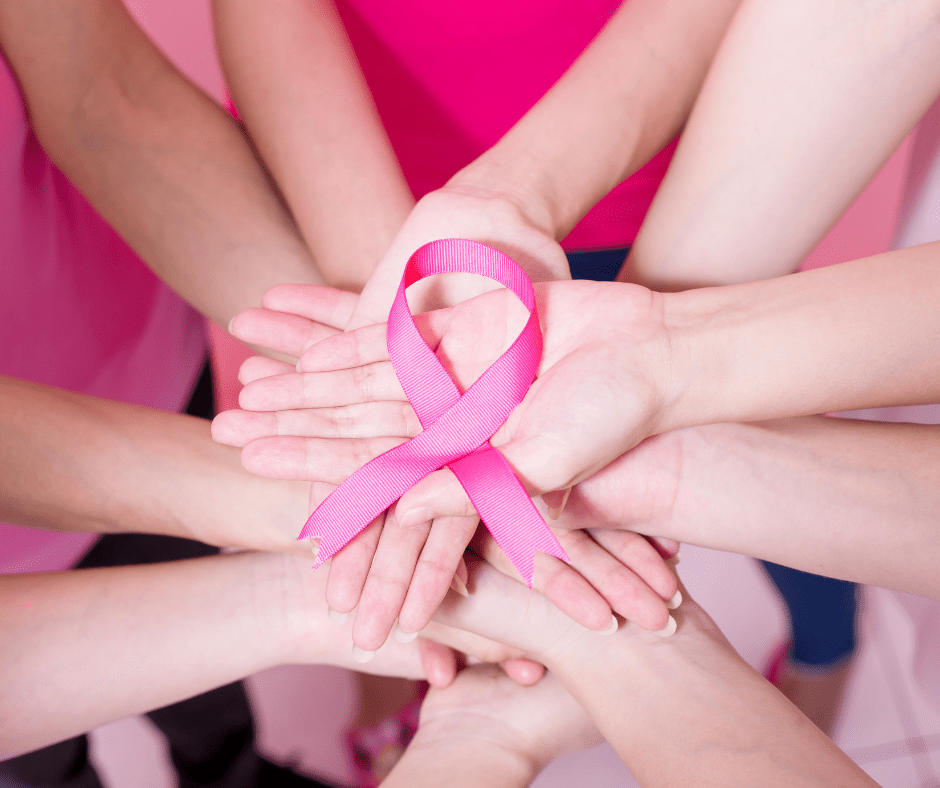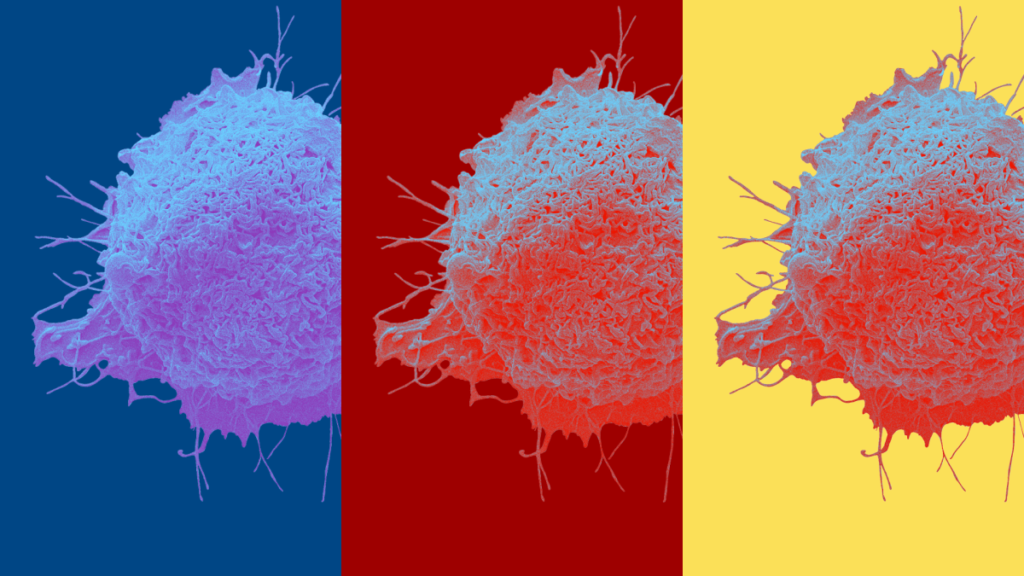Within the oncology field, there is a growing interest in approaches that blend empirical research, personal narratives, and spiritual or faith-based components. Many patients and professionals describe an emerging perspective that not only investigates tumor biology and standard treatment protocols but also recognizes the psychological, emotional, and even spiritual aspects of healing. This viewpoint challenges conventional boundaries by asserting that human beings are more than just bodies carrying diseases. Instead, it proposes that individuals are holistic beings, influenced by mind, body, community, and belief systems.
Shifting Away from a Singular Focus
Traditionally, the oncology community has placed heavy emphasis on therapies like surgery, radiation, and medication. While these interventions are crucial and have saved countless lives, some practitioners and survivors are advocating for a broader view. This is where the concept of integrating science, emotions, and faith together proves revolutionary. The idea is not to replace evidence-based treatments, but rather to enhance them with complementary practices, emotional support, and, in certain cases, spiritual guidance.
In many clinical discussions, there is an emerging recognition of the role that emotions, thoughts, and social connections play in immune functioning. Some patients, for example, report that emotional well-being and optimistic thinking help them cope better with side effects and stress. Others describe profound spiritual experiences that give them a sense of calm, purpose, and endurance throughout rigorous chemotherapy or radiation regimens. These elements, once considered purely anecdotal, are now studied more seriously to determine whether they can influence remission rates or overall quality of life.
The Role of Data and Observation
What makes this approach revolutionary is not a dismissal of science, but rather a willingness to expand its scope. Researchers are beginning to gather stories and case studies from individuals who have experienced unexpectedly favorable outcomes. These narratives sometimes include accounts of tumors shrinking faster than anticipated or patients outliving their initial prognoses by significant margins.
Instead of labeling these stories as mere anomalies, investigators now examine them closely to see if there are shared factors. Questions arise such as: Did the patient make major lifestyle changes, like altering their diet or managing stress more effectively? Did they become more socially engaged or deepen their faith? By cataloging and analyzing these reported variables, the goal is to see if there is a consistent pattern that might help others.
Though large-scale, randomized clinical trials remain the gold standard in medical research, smaller exploratory studies can lay the groundwork for new hypotheses. As the oncology community gathers more data from patient experiences, it becomes clearer that certain psychosocial and spiritual factors may correlate with better outcomes. These factors include nutrition, emotional expression, relationship support, and an internal sense of hope or faith.
Bridging Biological Mechanisms with Emotional Well-Being
The science behind this perspective often intersects with fields like psychoneuroimmunology, which explores how thoughts and emotions can influence immune responses. Researchers in this area look at how stress hormones like cortisol might weaken certain immune functions, or how chronic fear and anxiety could potentially make the body less resilient. Conversely, they investigate whether positive emotions, social support, and a sense of purpose can bolster the body’s natural defenses.
While no one suggests that hope alone can cure complex illnesses, it appears that maintaining a hopeful attitude may reduce harmful stress-related inflammation. Hormones associated with positive feelings, like oxytocin and endorphins, might have subtle beneficial effects. Even interventions as simple as laughter therapy or guided imagery have been studied to gauge whether they can complement conventional treatments.
What makes the approach revolutionary is the depth of its commitment to bridging the gap between measurable biological markers and intangible experiences like love, gratitude, or spiritual conviction. Rather than minimizing these subjective factors, this perspective strives to integrate them into a broader framework of healing.
Emotional Transformation and Personal Agency
One of the hallmark ideas in this integrative viewpoint is the transformation of emotional landscapes. Patients who once felt overwhelmed by anger, fear, or despair report breakthroughs when they learn to acknowledge and express these emotions. Whether through counseling, journaling, or creative outlets like art and music, the release of pent-up feelings can bring about a sense of relief or clarity.
Personal agency also becomes a central theme. Individuals are often encouraged to take an active role in their care—asking questions, researching options, and choosing treatment paths that align with both their physical needs and personal values. This empowerment can reduce a feeling of helplessness, which some believe might indirectly support better emotional and even physiological health.
Some accounts describe the healing power of forgiveness, not only of others but also of oneself. Letting go of long-held resentment or guilt can reduce mental strain and create a more relaxed inner environment. Though it may sound intangible, proponents argue that such emotional liberation could lead to measurable changes in stress hormone levels, which might in turn influence immune function.
Faith as a Source of Strength
Beyond emotional and mental factors, many accounts highlight the role of faith or spiritual practice. For some, this faith is rooted in a specific religious tradition, involving prayer, reading sacred texts, or attending communal gatherings. For others, it is more about feeling connected to nature or a universal energy. Regardless of the form, the underlying principle is that a sense of something greater than oneself can offer solace and determination during difficult treatments.
When individuals describe unexpected improvements, they often mention pivotal spiritual moments—like a deep realization that they are cared for, a sense of unity with all life, or a powerful resolution to live fully regardless of the disease. These narratives sometimes include shifts in self-perception: from seeing themselves as victims to viewing themselves as active participants in their healing journey. Although not all clinicians subscribe to the notion that faith can directly alter disease outcomes, many acknowledge that it can improve a patient’s outlook, which could indirectly support treatment compliance and emotional resilience.
Synergy with Established Treatments
Crucially, this viewpoint does not advocate abandoning conventional medicine. Instead, it suggests that chemotherapy, radiation, immunotherapy, or surgery can coexist with supportive measures like counseling, faith-based practices, and mindful nutrition. Individuals who have embraced a more holistic path often emphasize the importance of a collaborative healthcare team—physicians, nurses, therapists, nutritionists, and spiritual advisors working together rather than in isolation.
Such integrated care models have begun appearing in certain treatment centers, where patients can receive both medical therapies and services like massage, meditation instruction, and nutritional guidance under one roof. Early evaluations of these models suggest improved patient satisfaction and quality of life. While more research is needed to determine if they increase survival rates, anecdotal evidence and smaller studies are encouraging enough for more oncology professionals to take notice.
Community and Social Support

Another core element of this emerging perspective is the emphasis on community. Feeling isolated during a serious illness can compound emotional distress. Therefore, group sessions, support circles, or even online forums become vital spaces where individuals can share their experiences, learn from one another, and provide mutual encouragement.
Social support might help patients cope with the demands of daily life, such as cooking healthy meals, finding transportation to medical appointments, or simply having someone to talk to during tough times. Studies have shown that strong social networks can boost mental health, which may translate into better adherence to treatment and a more positive overall experience. This communal angle reinforces the notion that healing is not solely a private affair, but one that benefits from collective empathy and assistance.
Redefining What “Revolutionary” Means

Using the term “revolutionary” to describe this blended approach might raise eyebrows for those accustomed to traditional, research-intensive medical pathways. Yet the term can be fitting when one considers how broad the shift in perspective can be. Instead of viewing the body as a battleground where drugs and tumors clash, this approach often portrays the body as an ecosystem that must be nurtured, stabilized, and harmonized.
Science remains front and center, but now it coexists with elements once deemed unmeasurable or purely subjective—such as personal meaning, spiritual practice, and emotional healing. The revolutionary quality lies in the willingness to study these elements with the same rigor applied to medications or surgical techniques, acknowledging that while not all results may be quantifiable in the same manner, they still hold validity for many patients.
Challenges and Skepticism
Of course, this perspective also faces its share of skepticism. Critics argue that anecdotal accounts can be misleading and that focusing on emotional or spiritual factors might inadvertently imply that a lack of recovery stems from insufficient faith or positivity. This critique underscores the importance of balanced reporting and research. Most advocates clarify that no amount of prayer or optimism is guaranteed to cure a terminal illness, and that each patient’s journey is unique.
Furthermore, skeptics worry that presenting these ideas without careful scientific backing could lead patients to neglect vital treatments. The integrative view addresses these concerns by emphasizing synergy, not replacement. Its proponents encourage rigorous data collection, peer-reviewed publications, and open dialogues between traditional and complementary healthcare providers.
The Path Forward
In the future, the oncology community may continue to refine how it integrates science, emotions, and faith in patient care. Large-scale studies focusing on patient-reported outcomes may help clarify the real impact of emotional support, social networks, and spiritual practices on survival and remission rates. This emerging field may also benefit from better diagnostic tools that measure biomarkers for stress, immune response, and hormonal balance, offering a fuller picture of each patient’s internal environment.
Education is another frontier for growth. Some medical schools have begun to include coursework on communication skills, psychosocial factors, and integrative care. Physicians and nurses who understand how to discuss these topics openly might better guide patients through complex treatment plans that involve both cutting-edge medical interventions and personal lifestyle changes.
Real-World Examples
While one cannot name specific texts or doctors here, numerous real-world anecdotes highlight how individuals combined standard treatments with strategies like mindfulness, nutritional adjustments, and spiritual reflection. In some cases, tumors shrank more rapidly than expected; in others, patients experienced an improvement in quality of life that allowed them to endure prolonged therapies with a better emotional state.
These stories, often shared through support groups or healthcare forums, serve as a reminder that human resilience can be multifaceted. Hope, faith, scientific evidence, community, and emotional well-being work together like pieces of a puzzle, each contributing to the overall picture of health.
A Holistic Mindset

Ultimately, the revolutionary aspect of this approach is the emphasis on viewing patients as whole persons—physically, mentally, emotionally, and spiritually. It calls on healthcare providers to look beyond scans and test results, encouraging them to recognize the patient’s emotional landscape, familial obligations, and personal convictions. In doing so, it creates a more compassionate, human-centered model of care.
Individuals who practice this mindset often report feeling more empowered, even if the outcomes remain uncertain. They find meaning in daily life, discover ways to manage stress, and sometimes form deeper connections with loved ones. This sense of wholeness does not invalidate the seriousness of a cancer diagnosis; instead, it provides avenues for hope, resilience, and peace, regardless of the medical prognosis.
Conclusion
The blending of science, emotions, and faith in oncology represents a significant shift from a purely biomedical model to a more integrative one. Though conventional treatments remain vital, there is growing respect for the potential contributions of lifestyle adjustments, emotional healing, and spiritual support. By acknowledging the full spectrum of human experience, this perspective challenges conventional assumptions and pushes the boundaries of what is possible in patient care.
Critics will rightly call for more data and standardized research methodologies, but the rising number of patient testimonials and smaller studies suggests that something profound is at work. The approach encourages patients to remain informed and active in their care, to express and resolve deep emotional concerns, and to draw strength from beliefs that resonate with them, all while adhering to recommended medical protocols.
For the oncology community, this revolution lies in the acceptance that human beings are complex, dynamic, and responsive to more than just drugs and surgery. If the ultimate goal is to support healing—whether through remission, extended survival, or improved quality of life—then including science, emotions, and faith under one overarching framework may be a crucial step forward. With continued research and open-minded dialogue, the hope is that more patients will benefit from this holistic, yet evidence-conscious, approach to care.


